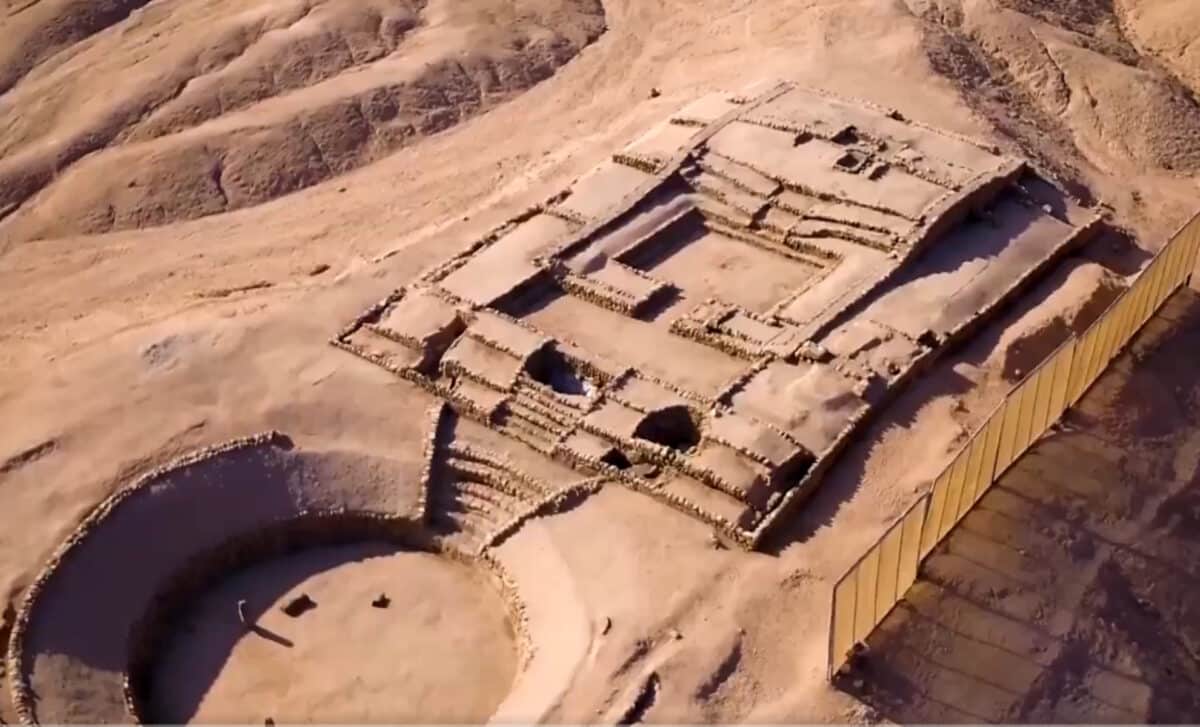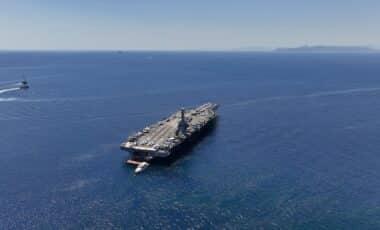Archaeologists have recently unveiled Peñico, a 3,500-year-old city in northern Peru, offering new insights into the Americas’ oldest civilization, the Caral. The discovery sheds light on the city’s role as a trading hub connecting diverse regions of the Andes, Amazon, and Pacific coast. Researchers believe this site was crucial in the continuity of the Caral culture during a period of decline.
The ancient city, located about 120 miles north of Lima in the Barranca province, is believed to have been founded between 1800-1500 BC, during the same period that early civilizations were emerging in the Middle East and Asia.
Researchers view the discovery as essential for understanding the evolution of the Caral civilization, which is considered the oldest known in the Americas. Peñico offers a rare glimpse into the expansion and adaptation of this society as it navigated climate changes and internal struggles.
Too Small to See, Too Powerful to Ignore : China Unveils a Drone the Size of a Mosquito
A Pivotal Trading Hub in the Caral Civilization
Peñico was strategically positioned to serve as a vibrant urban center for trade. According to archaeologist Ruth Shady, who led the research, the city’s location allowed it to connect societies from the Pacific coast, the Andes highlands, and the Amazon jungle, reports Smithsonian Magazine.
Researchers believe the city emerged at a time when the Caral civilization began to abandon its major urban centers. Peñico is thought to have played a key role in maintaining cultural and economic exchanges among these regions during this period of transition.
The city contains 18 structures, including residential complexes and ceremonial temples. Researchers have uncovered a variety of artifacts, including beaded necklaces, clay figurines, and stone tools such as hammers and anvils.
The presence of these objects provides important clues about the daily life and rituals of the people who lived there. Furthermore, the city’s layout suggests it was intentionally designed to minimize the risk of flooding and landslides, ensuring a stable environment for trade and settlement.
Insight Into Caral’s Cultural Continuity
Peñico’s proximity to the Sacred City of Caral-Supe, which dates back to 3000 BC, offers valuable insight into the continuation of the Caral civilization. Caral, recognized as the oldest civilization in the Americas, featured monumental structures, sophisticated agriculture, and urban planning, all of which were largely isolated from contemporary societies such as Egypt and Sumer. The discovery of Peñico suggests that the legacy of Caral may have persisted longer than previously thought.
Scholars believe that the Caral culture, devastated by climate shifts and possible internal conflicts, found a new expression in Peñico. As the Caral civilization faced decline, Peñico may have emerged as a focal point for the continued exchange of goods and ideas. The recent excavation of the site, which began in 2017, provides new evidence of how this early culture adapted and endured in the face of environmental and social challenges.
Peñico’s Significance for Tourism and Education
Peñico is now open to the public, offering a unique opportunity to explore a site rich in history and archaeological significance. Visitors can learn about the ancient city through various educational displays, including digital reconstructions and dioramas.
The city is poised to attract both scholars and tourists, providing a deeper understanding of Peru’s ancient civilizations. The Peruvian Ministry of Culture has also organized a traditional Andean festival to coincide with the official opening of the site, further highlighting its cultural importance.
As a public archaeological site, Peñico joins a list of other significant locations tied to the Caral civilization, which includes the Sacred City of Caral-Supe and other important settlements in the region.








